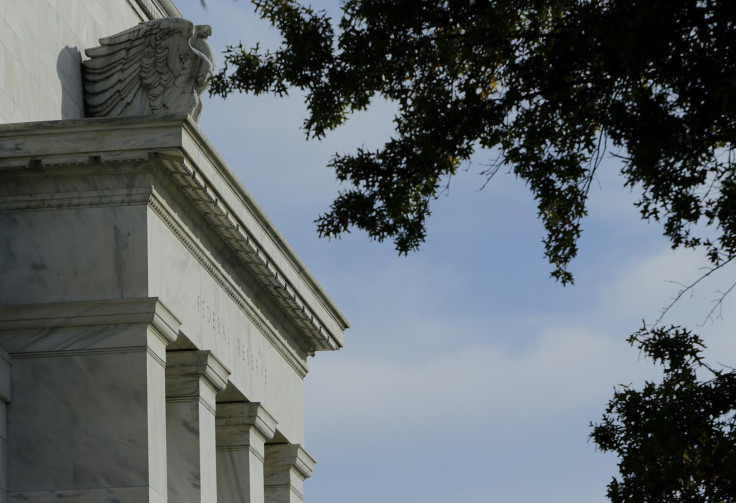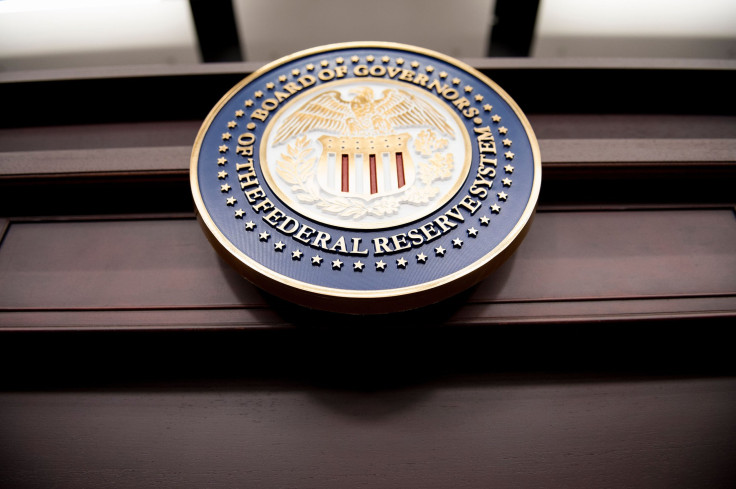Fed Will Leave Interest Rates Unchanged In 2019: IBT Poll

The Federal Reserve is widely expected to leave interest rates unchanged at its upcoming two-day policy meeting starting April 30 as the central bank evaluates key economic data, shows a poll by International Business Times.
All 22 economists polled expect the central bank to hold interest rates at 2.25-2.5 percent, saying the Fed will monitor key U.S. economic data including inflation, growth, and unemployment to determine if any change to the monetary policy will be required this year.
Twenty of the 22 economists expect the Federal Reserve to retain interest rates at current levels for the year as it not only gauges the health of the U.S. economy but also monitors global economic and geopolitical issues.
Two economists expected a higher probability of a rate hike this year as they expect higher GDP growth in the second half.
“(The Fed) will continue to monitor global growth, trade concerns and geopolitical issues that have been in the limelight for some time,” said Lidia Treiber, director (research) at WisdomTree. “As of recent, concerns about the U.S. not renewing the waivers on oil exports from Iran and any potential implications this may have on oil prices and future inflation have slightly increased the risk of inflation printing higher in the coming months.”
Yung-Yu Ma, the chief investment strategist at BMO Wealth Management, said the Fed will have an extremely hard time justifying a rate hike if core PCE inflation stays below 2 percent. “Base case is that expected GDP growth stays above 2 percent and core inflation stays around 1.7-1.8 percent, and the Fed stands pat for 2019,” he said.
Concerns over global growth, a deterioration in financial conditions, geopolitical issues and muted inflation led the Fed to adopt a "patience" theme that took markets by surprise early January.

But a recent string of upbeat economic data -- including GDP growth and consumer spending -- has added to the sense that the economy is on a stronger footing than expected.
Friday’s reading of the economic growth in the first quarter surprised on the upside, with an annualized growth rate of 3.2 percent - a faster pace than the previous quarter’s 2.2 percent and significantly above IBT’s forecast of 2.3 percent.
Data released Monday showed consumer spending jumped 0.9 percent in March after a gain of 0.1 percent in February. But core PCE inflation stayed flat in March, pushing the yearly rate down to 1.6 percent -- the lowest level since Sept. 2017.
“We have seen the data strengthen over the past month or so and it does give more conviction to this idea that the economy is slowing down from 2018, but it's not headed off a cliff,” said Sarah House, economist at Wells Fargo. "I think you could see the Fed train give itself some more flexibility.”
“Fed would want to see the inflation numbers come up; not just forecast inflation but they want to see realized inflation move closer to the targets and until it does so I think that they're going to be content staying put where they are,” she said.
But Michael Englund, chief economist at Action Economics, expects “growth to exceed the downgraded estimates from the March meeting and as we approach the September FOMC meeting, we’ll see the return of 3+ percent U.S. GDP growth. A tightening this year only requires a return to the growth outlook of December, which we expect, and persistent inflation even if it isn’t problematic.”
Joel Naroff, chief economist at Naroff Economics, expects the Fed to essentially try to reclaim the middle ground it lost in December. “I think the Fed is now acutely aware of the simple fact that their panic in December was unnecessary. What they did in December was essentially the worst thing a Fed can do, they cut off any options to raise rates and that was without really good knowledge that the economy was indeed weakening,” he said.
Also read: Is the Federal Reserve Aiming for a Recession?: Mike Cosgrove
© Copyright IBTimes 2024. All rights reserved.




















